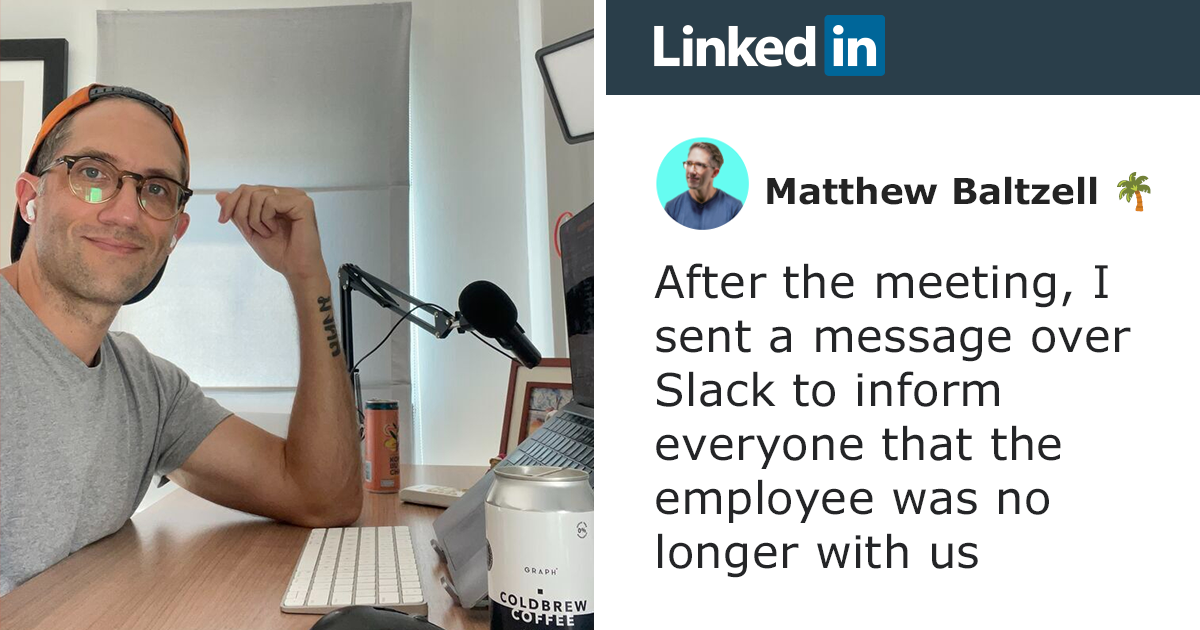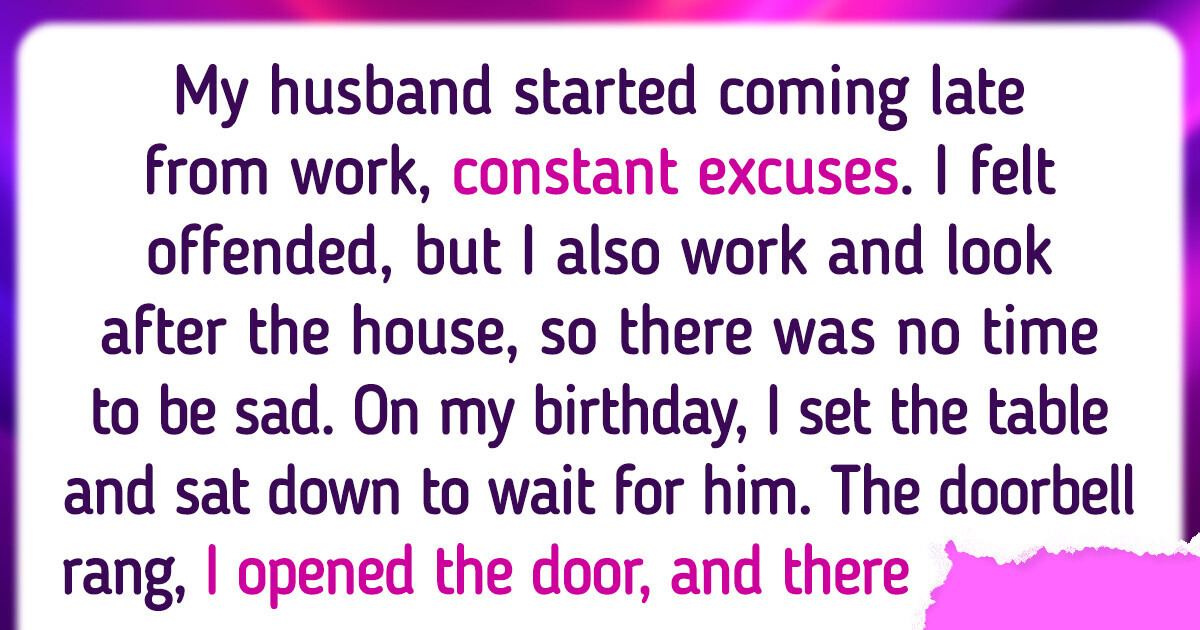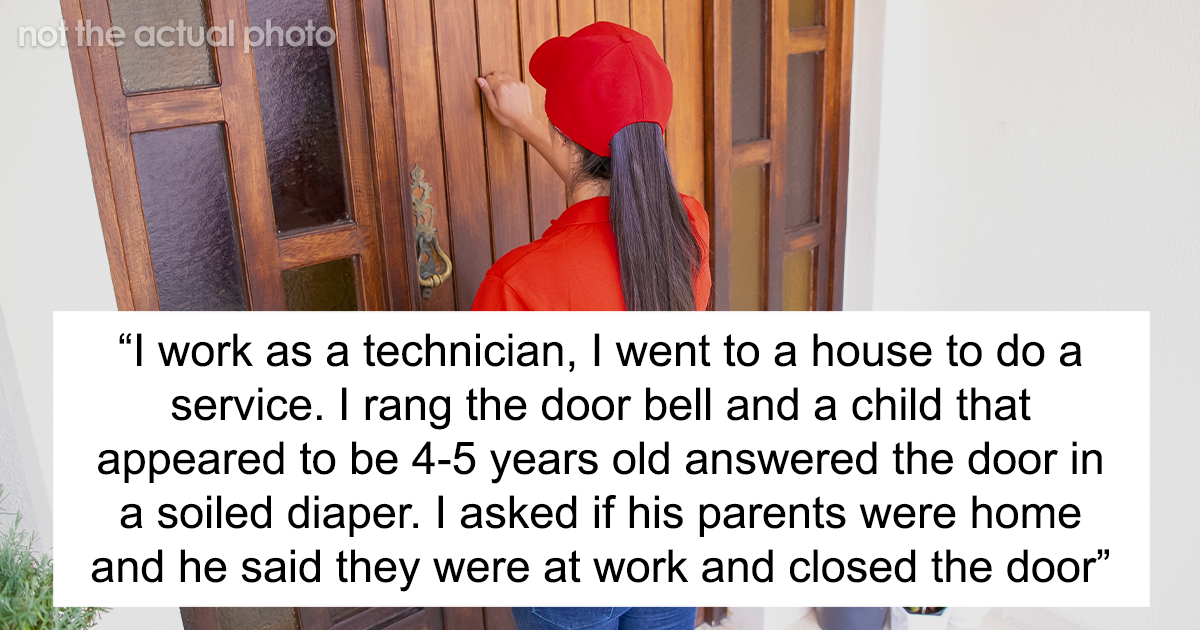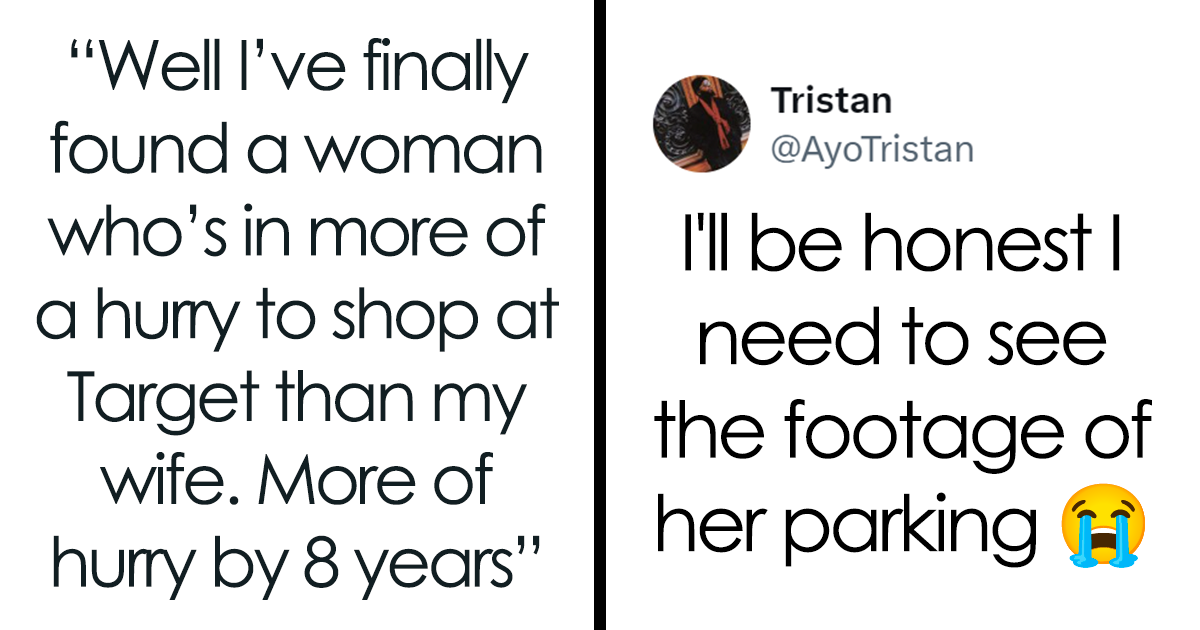Everyone wants to get famous or go viral by creating the most amazing content. But it seems like some folks go to the most extreme lengths to make that a reality. One of the surest places you’ll find this happening is on LinkedIn, where CEOs, bosses, and regular folks alike try to create viral hooks for their posts.
The most recent example was by a founder who posted about firing his employee and the ‘lessons’ he learned from it. It’s up to you to decide whether this was a brilliant content idea or just wildly insensitive.
Some Viral Posts Make You Question If All Publicity Is Truly Good Publicity

Matthew Baltzell is the founder of Cap X Media, who received a ton of online flak for making a business lesson post based on firing an employee for the first time.
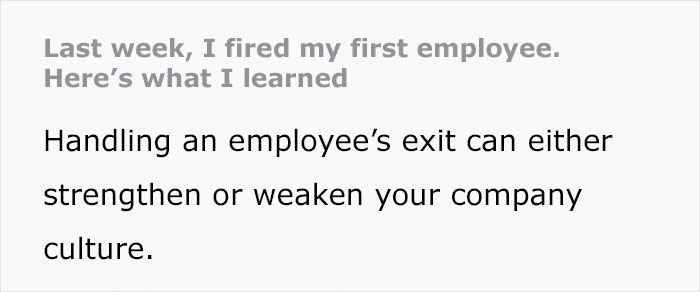
Baltzell shared four firing tips that employers could learn from and explained how the fired employee handled the experience. He even asked readers if they enjoyed his small business lesson, but we’re not sure what was so fun about it.
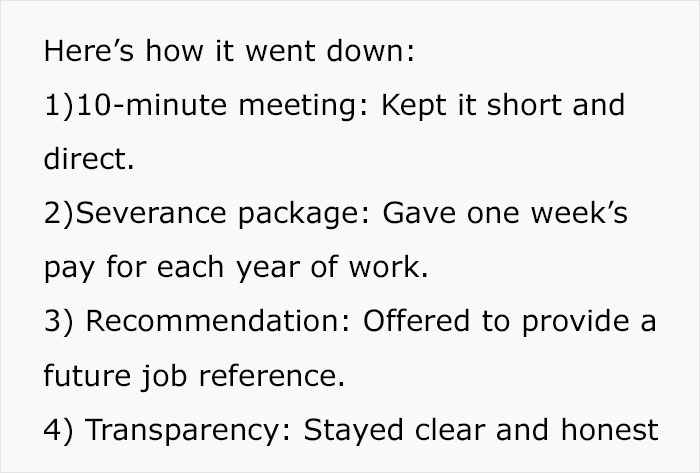
Getting fired is an incredibly tough experience. Folks who get terminated from their jobs often go through a whirlwind of emotions like grief, fear, and shock. It’s tough for someone going through such a difficult experience to read a post like this.
Personal Stories on LinkedIn: Marketing Genius or Tone Deaf?
To understand more about these kinds of personal stories on LinkedIn, Bored Panda reached out to Jagriti Jain, a writer, LinkedIn personal branding strategist, and founder of JJ Ventures.
Jagriti explained that people want to read real-time stories. “I am someone who reads LinkedIn posts for a living, and if I see a post that doesn’t catch my attention in the first two lines, do you think I’m going to keep reading it?”
She further stated, “If I do not see something that resonates with me or intrigues me, I’m not going to read it. There is no better way to create engaging or authentic content without a personal story. The example you gave: ‘Here are things I learned from firing my employee,’ that was very catchy.”
As Jagriti mentioned, “People want to read something that they relate to. It’s all about figuring out that one voice that speaks to you, and that’s exactly why personal stories work.” Matthew’s post did just that. He drew from his experience and connected it to his brand, thus drawing significant attention.
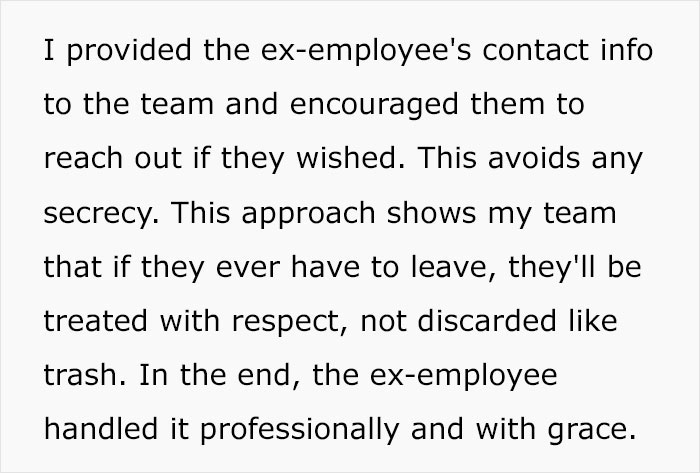
Negative attention is still attention, right? Jagriti stated simply, “There is no such thing as bad publicity.”
“Even if it’s negative engagement, it’s engagement that gets more followers, even if they’re trolls. These people come to my profile, comment, engage, and even put in hate comments, but it’s publicity in its authentic sense. The LinkedIn algorithm works in such a way that if you comment on my post, your followers might see the interaction and push my post toward them.”
“The point is, even if it’s negative, if it gets me sales leads, I think it’s a job well done. It essentially pushes the algorithm so more people see and engage with you. That’s the whole idea of social media, right? You need people to see you. You’re there for social validation—whatever it takes.”
Walking a Tightrope: Creating Social Media Content
Posting online can feel like walking a tightrope between creating socially acceptable content and sharing more controversial ideas. Experts say you shouldn’t shy away from difficult topics, but you should write about them compassionately.
We asked Jagriti how people should approach posting on LinkedIn. She said, “The primary job is to figure out why you are on LinkedIn. Are you there to look, understand how things work in the digital world, create brand positioning, or get sales for your business? It’s all about strategies, one way or the other, but personal stories are the starting point.”
According to Jagriti, personal stories are non-negotiable. What’s fascinating is that while many might criticize or talk negatively about Matthew’s post, they are still giving him the viewership he probably craves. Indeed, his story went viral online, with one user getting 1.5 million views on their tweet dissing the LinkedIn post.
What do you think about the situation? Do you think Matthew’s a genius for what he did or just a LinkedIn lunatic? Let us know your thoughts in the comments.
The Internet Reacts

People could not believe anyone would write such a tone-deaf post, and one netizen made a joke about it being similar to the infamous “Crying CEO” moment.
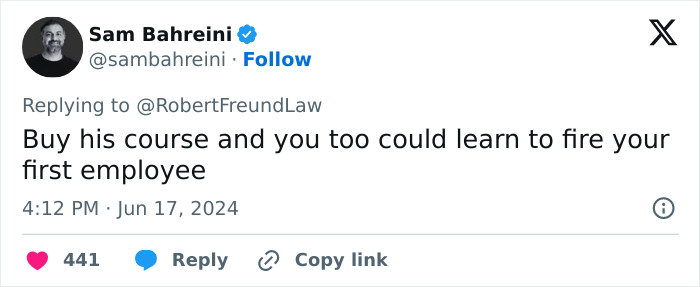
Image credits: sambahreini
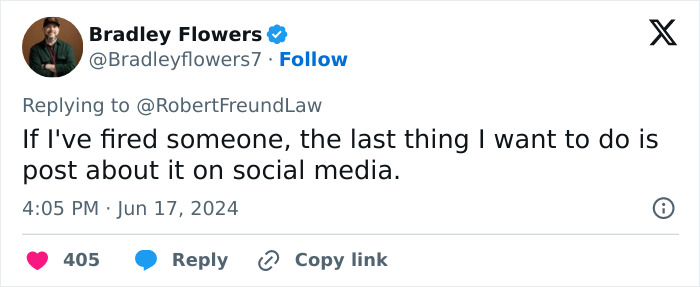
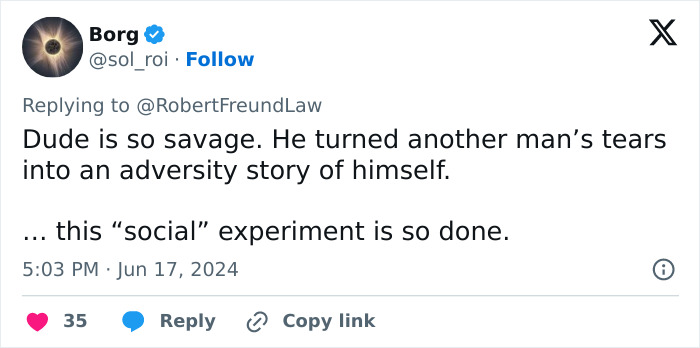

Image credits: lagunacarta

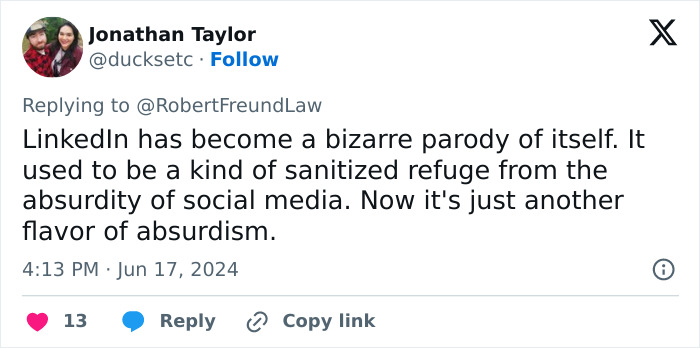
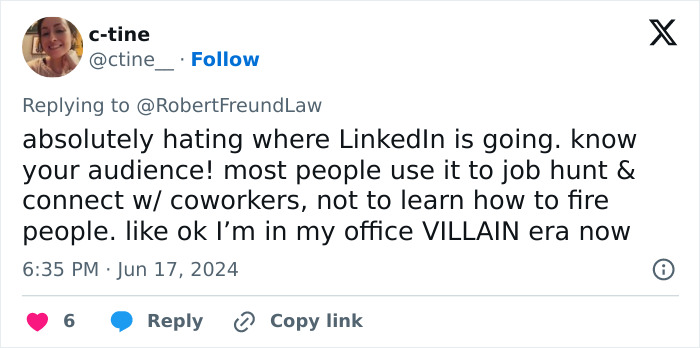
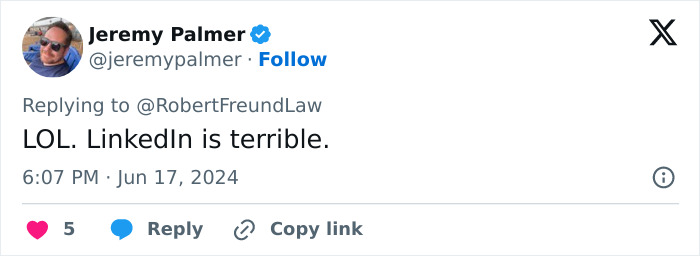

Many views and comments on Matthew’s post came from folks who couldn’t believe he’d use an employee’s termination as content for likes and shares.
Mary’s unique take: In my opinion, firing an employee is not top-tier viral content. Writing about it can appear cold, like trying to make a buck off someone else’s heartbreak. Sure, LinkedIn clout is all the rage, but maybe next time, opt for a more empathetic approach.
